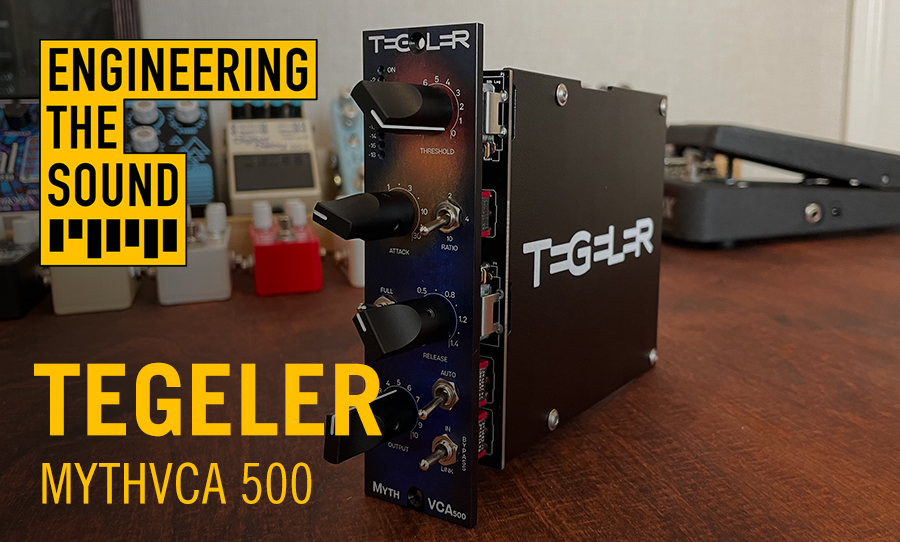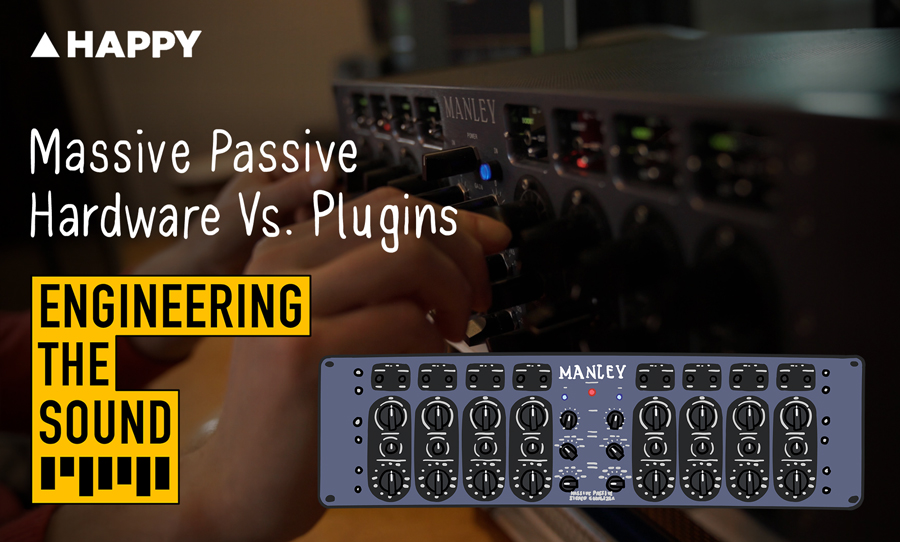When you reach for a compressor – whether it be hardware or a plugin – it is likely to be inspired by one of two giants in the field – the 1176 or the LA-2A. Both units have a different sound and work in a different way, but both have become indispensable weapons in the sound engineer’s arsenal.
A bit like a Les Paul or a Strat, these devices aren’t just a random assortment of numbers etched onto a steel faceplate. They are archetypal and synonymous with the process of squashing signals. As such, they have a fascinating history.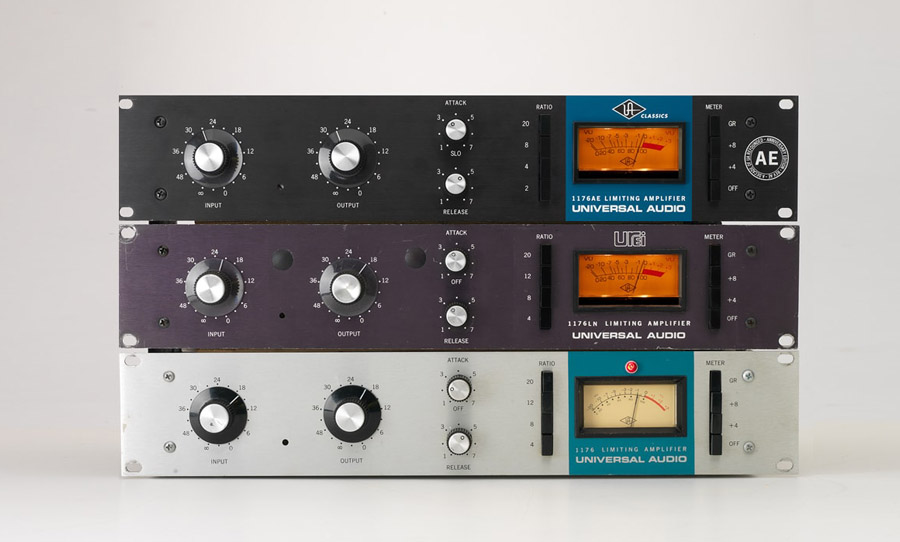
If you’re talking compression, the numbers 1176 and LA-2A come up more than most. They sit atop the family tree of compressors, spawning countless tributes throughout the decades.
The Backstory of Bill
As you might expect, the eventual success of these seminal devices was in large part due to the imagination and drive of an individual. Bill Putnam brought the two compressors into the Universal Audio fold (then called United Recording Electronics Industries, or UREI) in the 1960s. But each of these colours of compressor had differing origin stories.
Before launching into the birth of the 1176 though, it would be remiss of us to ignore the story of Putnam himself. In terms of influence in recording technology, he’s almost without peer. The functional aspects of the modern recording studio, like mixing consoles, per channel EQ modules and more were the brainchild of Putnam. 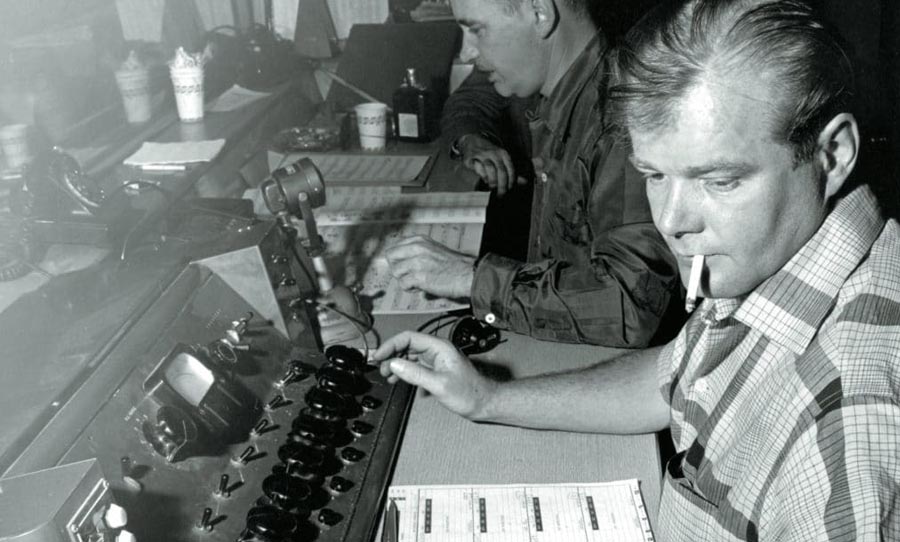
His Illinois based studio and recording company, Universal Recording Corporation, was the hub of the audio innovation in the late 1940s. For instance, his studio pioneered techniques like overdubs of a single voice, vocal isolation booths and it also released the first popular song with artificial reverb.
California Love
The tradition of invention continued as Putnam shifted operations to California, with the precursor to the 1176 – the 176 – emerging in the early ’60s. As solid state technology matured, Putnam could envision a future that relied on high quality, reliable and easier to produce audio processors and thus, the 1176 was born in 1967.
Based on FET circuitry, the compressor was able to exhibit tube like characteristics while requiring less maintenance. It set a knew benchmark in compression specs and functionality. Its attack time, for example, can be as short 20 microseconds – if your signal needed to run into a brick wall, this was the tool for job. The release time spans from 50 to 1,100 milliseconds. 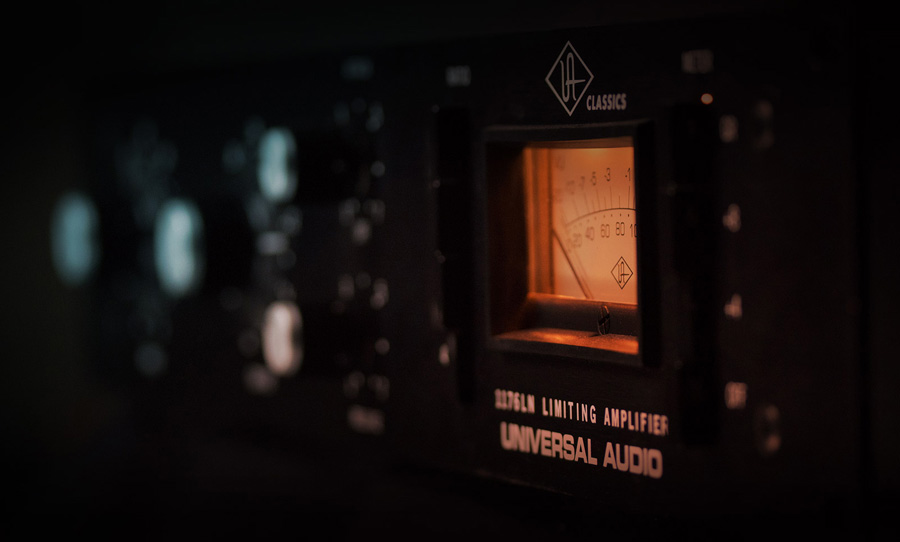
Careful massaging of the input – which can be thought of as the threshold control – and output can offer up a range of different colours. There’s up to 45dB of gain available, so some serious crunch can be dialled in if desired.
Speaking of which, the 1176’s most idiosyncratic feature was made famous by studio types who did away with the manual. The ‘all buttons in’ mode was popularised by British engineers in the ’70s. It involves activated all the ratio switches at the same time. Here’s how Universal Audio describes this unique setting:
“Distortion increases, along with a plateaued slope and a lag time in response to initial transients, creating an explosive sound on drum room mics, fuzzing-out bass or electric guitar sound, or squeezing a vocal to bring it front and centre of your mix.”
Smooth Tubes
The LA-2A emerged in the same era, but in a slightly different way. This unit was invented by James Lawrence, the founder of Teletronix, a company that was eventually acquired by UREI. And if the 1176 was the precocious punk, full of attitude, the LA-2A was its refined, more restrained sibling. And while the 1176 surged into the future with its embrace of solid state technology, the LA-2A kept it old school – based on tubes, but with a twist.
Lawrence’s approach to compression was born from a frustration of having to ride levels constantly to create a consistent level of volume in a signal. His background knowledge of optical sensors led him to design a compressor that reduced level according to the program material.
A light source would get brighter as more audio was fed into it. A second element, a photocell, decreases resistance as the light shines brighter, bringing the output gain of the circuit down. This ingenious piece of engineering yielded a natural form of compression that works harder as the signal increases.
The “Levelling Amplifier” moniker of the LA-2A is also instructive. It’s not exactly set and forget – in fact, there’s a whole spectrum of colours available to dial in with its interface consisting of two simple knobs: Gain and Peak Reduction. It is the type of unit that is designed to warm up a sound, without applying to much squash. If maximum control and more aggression is what you desire, you’re probably more likely to reach for the 1176. 
It’s easy to see how these two models – which continue to still garner worldwide acclaim under the Universal Audio banner as both hardware units and plugins – have inspired so many emulations. And whether you know it or not, when you reach for your compressor, you’re likely tapping into a lineage that began with the 1176 and LA-2A
